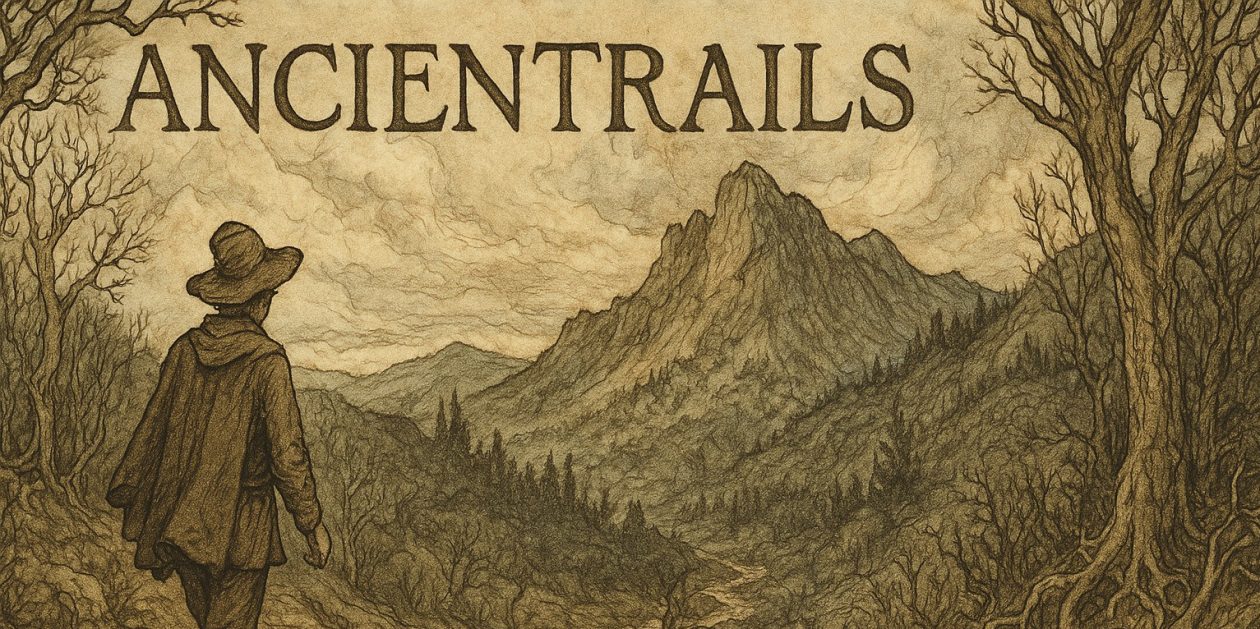Samhain Thanksgiving Moon
A holiday, a holy day. A festival. Lights. Gifts. Banquets. Feasts. Holiseason, that long season from Samhain through Epiphany, includes so many. We know why, those of us in temperate climates where the nights get longer and longer until the day fades into a few hours of weak, cold sun.
And yet. The Winter Solstice, less than a month away now, celebrates what the other holidays bravely front with lights and smiles. The darkness. In the dark. Afraid of the dark. Blackness. Dirt. Hecate. The Underworld. Cerberus and Charon, Acheron and Lethe. The awesome Stygian oath. Death, not life. Life is bright, daylight, sunshine. Death is night, darkness, moonshine.
My own nature tends toward the dark, a melancholic soul, its shores washed by rivers running through the underworld of the psyche. I feel at home as the cold grows and the darkness become dominate. This feels to me the way I imagine the beach must feel to those who love the sun. A place to relax. To just be.
What does a holiday really represent? It is a memory, an anniversary of an idea, a placeholder with significance itself. Christmas, with no known anchor in history, commemorates the Christian understanding of a monotheistic God assuming human form, an incarnation. Thanksgiving has a generalized idea behind it, a combination of national solidarity, harvest festival and family gathering.
A holiday may, too, identify an event that can occur on only that date. July 4th is such a date, for instance, as are birthdays. The Winter Solstice and all the solar holidays are such holidays. But, taken from that perspective, they are astronomical facts, rather than religious moments in themselves.
Over time though even such particular events accrue meaning. Some of the meaning for solar holidays accrues due to their position in the larger astronomical reality of seasonal change. So Spring equinox takes on the flavor of renewal, resurrection, rebirth. The summer solstice the growing season and the fall equinox, the harvest.
The Winter Solstice then takes part of its character from the cold, the dark, the bleakness of the fallow season. In early farming cultures it also signified, in its end, the return of the sun and the gradual increase of light and warmth that promised another year of agricultural growth. It has, perhaps peculiarly among the solar holidays, a distinctive dark aspect and a distinctive light aspect.
It is its dark aspect that I celebrate. It fits my more hermetic, introverted self. There is, too, as I said above that melancholic stream acknowledged best in a holiday of the dark. Meditation takes me down and inside my self, a time of quiet darkness, an intimate moment. Darkness, too, is necessary to so many plants, bulbs and seeds alike, time to germinate, just as ideas sow themselves in the rich fields of the unconscious.
It’s the best time of the year.
